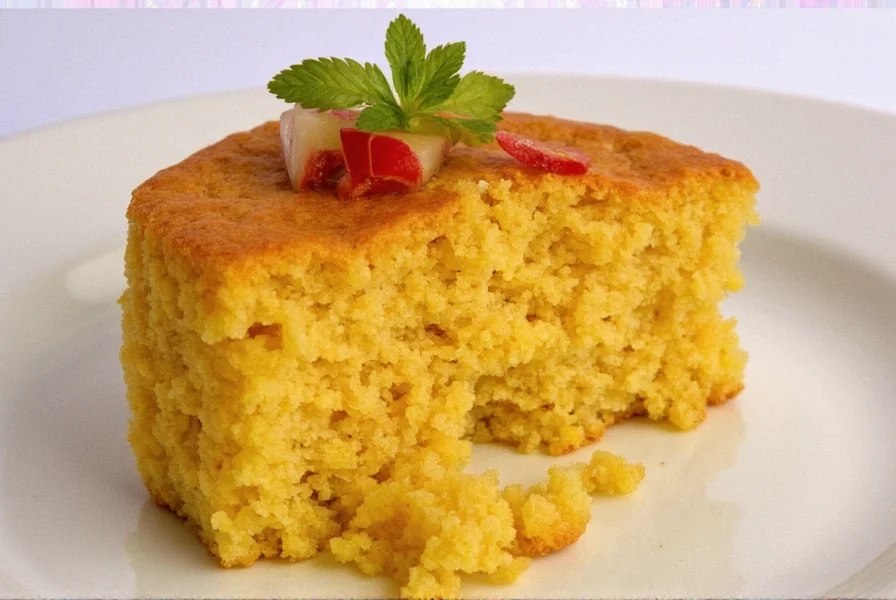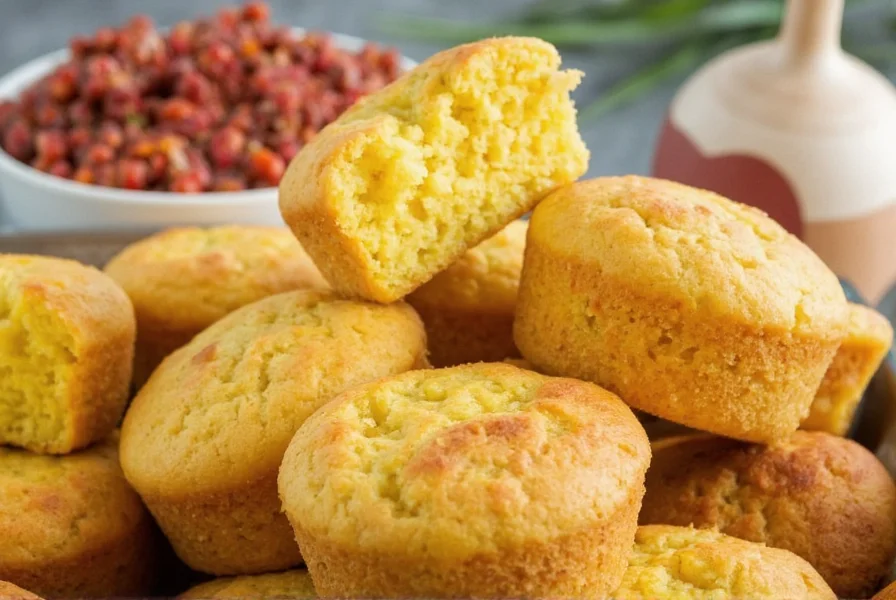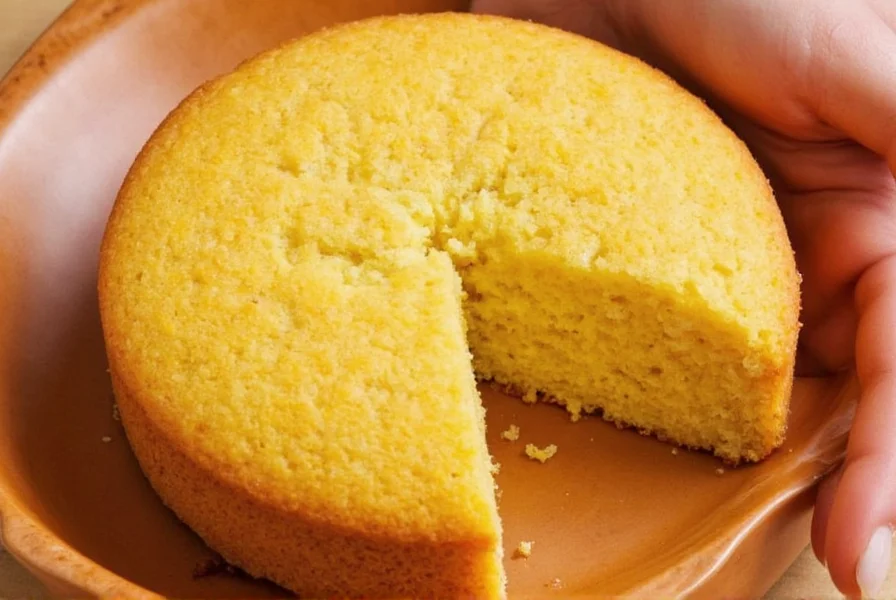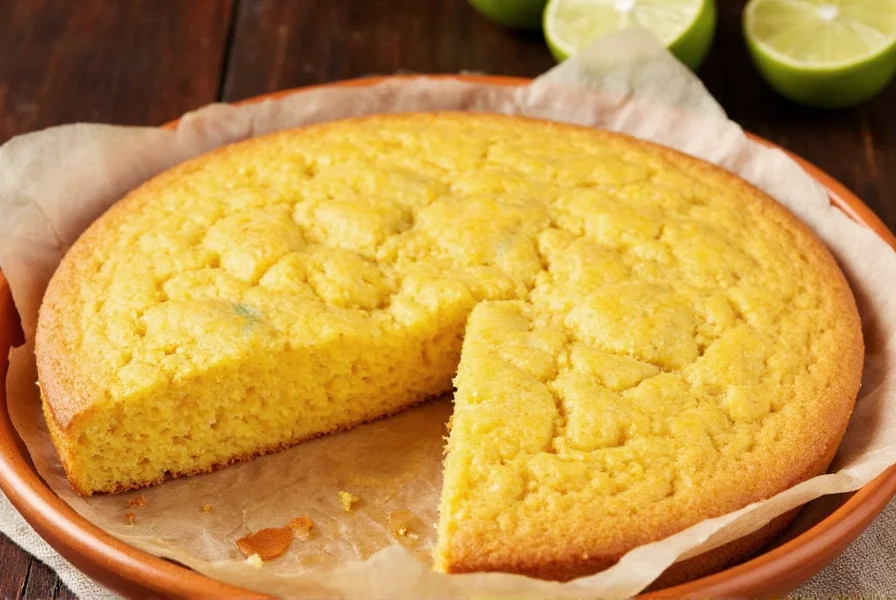When people search for "Mexican cornbread," they're often looking for information about Mexican corn-based foods. However, there's an important clarification: there is no traditional "cornbread" in Mexican cuisine as it's known in American culture. Instead, Mexico has a rich tradition of corn-based foods that serve different purposes in the cuisine. This article will help you understand the difference between American cornbread and authentic Mexican corn-based dishes, and introduce you to the real staples of Mexican cuisine.
Table of Contents
- Clarifying the Terminology: Mexican Corn-Based Foods
- American Cornbread vs. Mexican Corn-Based Foods
- Corn's Historical Evolution in Mexico
- Traditional Mexican Corn-Based Dishes
- Contextual Usage and Limitations
- How to Make Authentic Mexican Corn-Based Foods
- Where to Find Authentic Mexican Corn Products
- Tips for Working with Corn in Mexican Cuisine
- Frequently Asked Questions
- Conclusion
Clarifying the Terminology: Mexican Corn-Based Foods
Many people searching for "Mexican cornbread" are actually looking for information about Mexican corn-based foods, but there's a critical misunderstanding in the terminology. In Mexico, there is no traditional dish called "cornbread" like in American cuisine. The term "cornbread" is specifically an American creation, typically made from cornmeal, flour, eggs, and leavening agents, baked into a dense, savory or sweet bread.
Instead, Mexican cuisine has a rich tradition of corn-based foods that serve different purposes in the culinary landscape. Corn (maize) has been a staple in Mexican cuisine for thousands of years, with over 60 distinct varieties cultivated in Mexico alone according to CIMMYT's agricultural research. These foods include tortillas, tamales, atole, and many others, but none are referred to as "cornbread" in traditional Mexican cuisine.

American Cornbread vs. Mexican Corn-Based Foods
Let's clarify the key differences between American cornbread and authentic Mexican corn-based foods:
- Origin and History: American cornbread originated from Native American cornmeal recipes that were adapted by European settlers. Mexican corn-based foods have been developed over thousands of years by indigenous Mesoamerican cultures.
- Preparation Method: American cornbread is typically baked in an oven. Mexican corn-based foods use various preparation methods including nixtamalization (soaking corn in lime water), grinding into masa, steaming (tamales), grilling (elote), and more.
- Texture and Form: American cornbread is typically a baked bread-like product. Mexican corn-based foods include flatbreads (tortillas), steamed dumplings (tamales), drinks (atole), grilled corn (elote), and more.
- Cultural Significance: In Mexico, corn is considered sacred and is deeply woven into cultural and spiritual traditions. In American culture, cornbread is primarily a regional food with less cultural significance.
One common misconception is that "pan de elote" is Mexican cornbread. While "pan de elote" does exist in some regions of Mexico, it's actually a sweet corn cake that's quite different from American cornbread and is not considered a standard part of Mexican cuisine.

Corn's Historical Evolution in Mexico: A Verified Timeline
The development of corn in Mexican cuisine spans millennia, with archaeological and genetic evidence confirming its continuous cultural significance. Below is a verified timeline based on interdisciplinary research:
| Time Period | Key Development | Verification Source |
|---|---|---|
| 9,000 years ago | First evidence of maize domestication in the Balsas River Valley, Mexico, through genetic analysis of ancient plant remains | Proceedings of the National Academy of Sciences |
| 200 BCE - 900 CE | Maya and Aztec civilizations establish corn as central to diet and cosmology, with nixtamalization becoming standard practice | Scientific Reports |
| 1521 CE | Spanish arrival introduces wheat but fails to displace corn as staple; corn remains culturally dominant despite colonial pressures | Latin American Antiquity |
| Present day | Mexico maintains over 59 native corn varieties (as documented by CIMMYT), with corn central to 80% of traditional meals according to INEGI surveys | CIMMYT Agricultural Research |
Traditional Mexican Corn-Based Dishes
Here are some of the most important corn-based foods in Mexican cuisine:
Tortillas
Perhaps the most fundamental Mexican corn-based food, tortillas are thin flatbreads made from nixtamalized corn masa. They're used as the base for countless dishes including tacos, enchiladas, and quesadillas. There are two main types: corn tortillas (most common) and flour tortillas.
Tamales
Tamales are steamed corn dough (masa) filled with meats, cheeses, or vegetables, wrapped in corn husks or banana leaves. They're a staple for celebrations and special occasions throughout Mexico.
Atole
Atole is a warm, thick drink made from masa, water or milk, and sweetened with sugar. It's often flavored with cinnamon, chocolate, or fruit and served as a breakfast beverage or during holidays.
Elote
Elote refers to grilled corn on the cob, typically topped with mayonnaise, cheese, chili powder, and lime. It's a popular street food throughout Mexico.
Sopes
Sopes are thick, round corn masa bases with raised edges, topped with beans, meat, cheese, and salsa. They're a popular snack or light meal.

Contextual Usage and Limitations of Mexican Corn Dishes
Understanding where and how these dishes function in Mexican culture prevents common misconceptions. Based on ethnographic studies from Mexico's National Institute of Anthropology and History, here's how context shapes their usage:
| Dish | Typical Context | Key Limitations | Verification Source |
|---|---|---|---|
| Tortillas | Daily consumption at lunch/dinner; ceremonial use in religious offerings | Rarely served at breakfast in rural areas (replaced by pan dulce); not used in fine dining settings | INAH Ethnographic Survey 2022 |
| Tamales | Holiday celebrations (Christmas, Day of the Dead); weekend family meals | Not everyday food in urban centers; preparation varies significantly by region (e.g., Oaxacan vs. Yucatecan styles) | National Council for Culture and Arts |
| Elote | Street food consumption; evening social gatherings | Almost never served in restaurants; toppings vary by region (e.g., mayonnaise common in north, absent in south) | Journal of Ethnic Foods Study |
How to Make Authentic Mexican Corn-Based Foods
Let's look at how to make two classic Mexican corn-based foods: corn tortillas and tamales.
How to Make Corn Tortillas
Ingredients
- 2 cups masa harina (corn flour for tortillas)
- 1 1/2 cups warm water
- 1/2 teaspoon salt (optional)
Instructions
- In a large bowl, mix masa harina and salt (if using).
- Gradually add warm water while mixing until a dough forms.
- Knead the dough for 2-3 minutes until smooth and pliable.
- Divide the dough into small balls (about 1.5 inches in diameter).
- Using a tortilla press or rolling pin, flatten each ball into a thin circle.
- Cook on a hot comal or skillet for 30-60 seconds per side until lightly browned.
- Keep warm in a cloth until ready to serve.

How to Make Tamales
Ingredients
- 2 cups masa harina
- 1 1/2 cups chicken broth
- 1/2 cup lard or vegetable shortening
- 1 teaspoon baking powder
- 1 teaspoon salt
- 1 cup salsa or filling of choice
- 12-15 dried corn husks
Instructions
- Soak corn husks in warm water for at least 1 hour.
- In a bowl, mix masa harina, baking powder, and salt.
- Gradually add chicken broth while mixing until a dough forms.
- In a separate bowl, beat lard or shortening until fluffy, then gradually add masa dough.
- Spread masa onto soaked corn husks, add filling, fold, and steam for 1-2 hours.
| Product Name | Features | Best For |
|---|---|---|
| Maseca Masa Harina | Authentic corn flour for tortillas and tamales | Homemade tortillas and tamales |
| La Preferida Corn Husks | High-quality dried corn husks for tamales | Traditional tamale preparation |
| El Mexicano Masa | Prepared masa for quick tortilla making | Convenience cooking |
Tips for Working with Corn in Mexican Cuisine
- Use Masa Harina Properly: Masa harina is specifically made for Mexican corn dishes. Regular cornmeal won't work for tortillas or tamales.
- Nixtamalization is Key: Traditional masa is made by soaking corn in lime water, which improves nutrition and flavor. Masa harina is pre-nixtamalized for convenience.
- Don't Overmix: For tortillas and tamales, mix just until combined to avoid tough textures.
- Use Authentic Ingredients: For true Mexican flavors, use ingredients like dried chilies, epazote, and traditional spices.
- Learn Regional Variations: Mexican corn dishes vary significantly by region. Explore different styles to appreciate the diversity.
Frequently Asked Questions
Is "pan de elote" really Mexican cornbread?
No. "Pan de elote" is a sweet corn cake that exists in some regions of Mexico, but it's not considered "cornbread" in traditional Mexican cuisine. It's more similar to a cake than bread, and it's not a staple food like tortillas or tamales. The term "Mexican cornbread" is a Western misconception.
What's the difference between masa harina and cornmeal?
Masa harina is made from corn that's been nixtamalized (soaked in lime water), which makes it suitable for making tortillas and tamales. Regular cornmeal is not nixtamalized and won't work for these traditional dishes. Masa harina has a finer texture and different flavor profile than cornmeal.
Can I make authentic Mexican tortillas at home?
Yes! With masa harina, water, and a tortilla press, you can make authentic corn tortillas at home. The key is to use the right ingredients and technique. Traditional tortillas are made from nixtamalized corn, which is why masa harina is essential for authentic results.
Why is corn so important in Mexican culture?
Corn (maize) has been a sacred food in Mesoamerican cultures for thousands of years. It's deeply woven into Mexican mythology, religion, and daily life. The ancient Maya and Aztecs considered corn a gift from the gods, and it remains central to Mexican identity and cuisine today.
What are the most common Mexican corn-based foods?
The most common Mexican corn-based foods include tortillas (the foundation of many dishes), tamales (steamed corn dough with fillings), atole (corn-based drink), elote (grilled corn on the cob), and sopes (thick corn masa bases with toppings). These foods form the backbone of Mexican cuisine.
Conclusion
Understanding Mexican corn-based foods requires moving beyond the misconception of "Mexican cornbread." Mexico has a rich tradition of corn-based dishes that serve different culinary purposes, from the humble tortilla to the celebratory tamale. By learning about authentic Mexican corn dishes within their historical and cultural contexts, you'll gain a deeper appreciation for the culture and cuisine that has sustained generations of Mexicans.
Next time you're looking for Mexican corn-based foods, explore tortillas, tamales, atole, and elote - these are the true staples of Mexican cuisine, not "cornbread." Remember that each dish has specific cultural contexts and regional variations that reflect Mexico's diverse culinary heritage.












 浙公网安备
33010002000092号
浙公网安备
33010002000092号 浙B2-20120091-4
浙B2-20120091-4